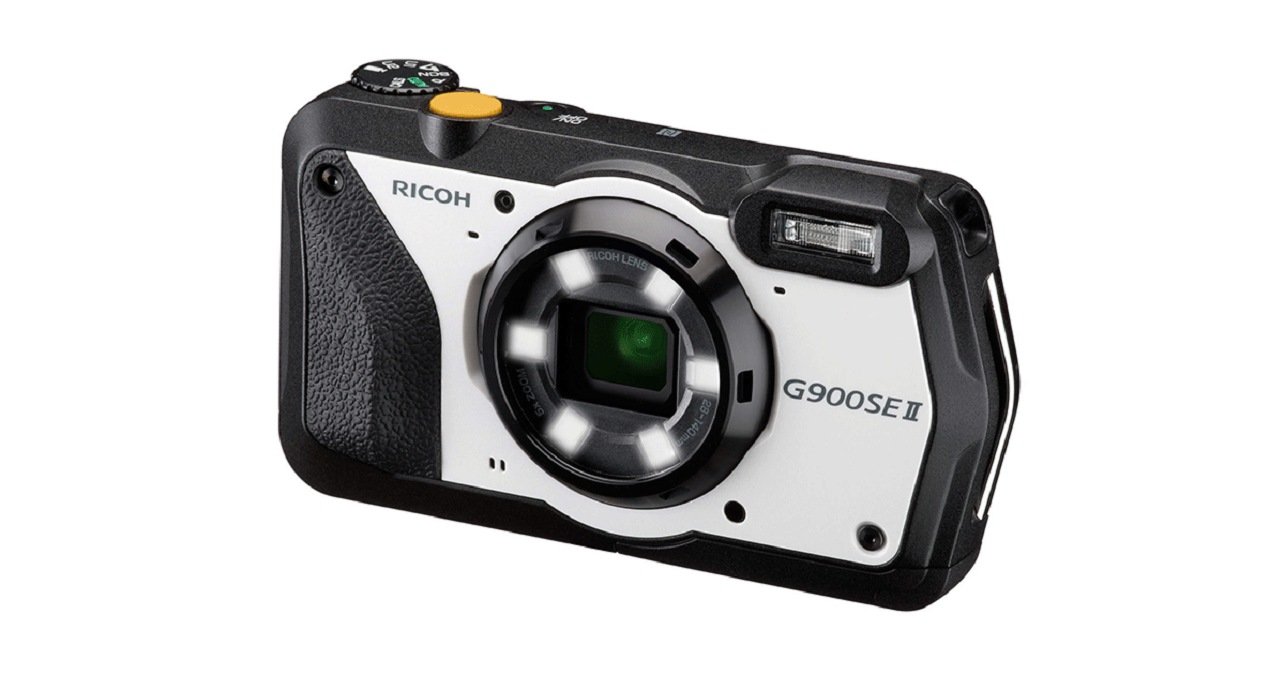
We recently covered Ricoh’s release of its two new enterprise-level, hardened, secure compact cameras, but one feature, in particular, deserves more contemplation.
The specific security tool in the two Ricoh cameras is their password-locking option for internal content and camera use.
It’s a simple concept: You can set the cameras to selectively block access unless you type in a password via their onscreen keyboard.
Based on what Ricoh’s website describes, Password Protect can be selectively applied to all of the G900 II-series cameras’ functionality and content, or just to their internal memory, or for accessing their content via USB connection.
Ricoh’s password lock also includes a feature for different levels of active access through the option of applying two passwords.
One of these is a “user” password allowing limited camera use from a menu of options, and another “administrator” password for the camera owner that offers full access.
This isn’t the first time something like this has been added to a consumer-accessible market camera but the only other examples of it outside of smartphones (and by default their camera content) are available in other Ricoh cameras, like the brand’s GS900 predecessor to the GS900 II.
It’s honestly odd that something like the above is so uncommon. Modern cameras may not contain as much of our personal data as our smartphones, but they’re valuable and often loaded with very private photos or videos.
There are even Reddit posts asking about exactly this sort of thing since several years ago.
As others have pointed out, they’re also easy to steal and frequently the target of thefts, armed robberies, snooping by others, and data exfiltration.
Currently, even with the priciest and most robustly developed portable cameras from any brand on the market, if someone steals your device, they can immediately access whatever it contains.
Your only recourse is to track the camera and get it returned before it’s opened right up, and even the tracking part isn’t nearly as easy to pull off as it is with any random Android or iOS phone.
If any compact portable device should be an obvious candidate for the kinds of data security features we now take for granted in our phones, it’s a camera, but here we are, with it being very rare in 2024.
It’s absent in virtually all current cameras, ranging from cheap, compact point-and-shoot models to seriously pro flagship cameras costing thousands of dollars.
If you think about it, it’s sort of absurd. These devices are valuable little computers, much like our laptops and phones, both of which offer password locking, biometrics, and encryption by default.
The technology itself is hardly new and could be applied in many forms to nearly any modern digital camera without much trouble.
You could argue that keying in a password would fatally harm your ability to quickly capture an unexpected photo opportunity, but that’s easy to solve too by simply adding an option for selectively disabling the feature as needed.
A protective technology like this won’t stop camera theft of course, since the device itself could probably be reformatted and resold (like most smartphones) but at least it would keep others from seeing that nude photo shoot you might have done last week…
In any case, for now, the landscape is what it is, with only Ricoh apparently taking security seriously enough to release products with password protection.
Even this seems to be the case only because they’re marketing the GS900 II series cameras to certain professions like law enforcement and industrial/corporate contracting.
I do however applaud that at least one brand finally thought to add something so obvious to consumer market cameras.
Let’s hope other major camera makers take note for the sake of their own very near future developments.
On a final note, keep in mind that despite being branded by Ricoh itself as cameras with professional corporate, contracting and public services users in mind, the Ricoh G900 II and G900SE II demonstrate solid specs for all kinds of rugged uses.
These include nature photography, travel photos and outdoor adventure. What’s more, their password features make them specifically interesting for documentary and photojournalism work in dicey contexts.
Image credit: Ricoh






